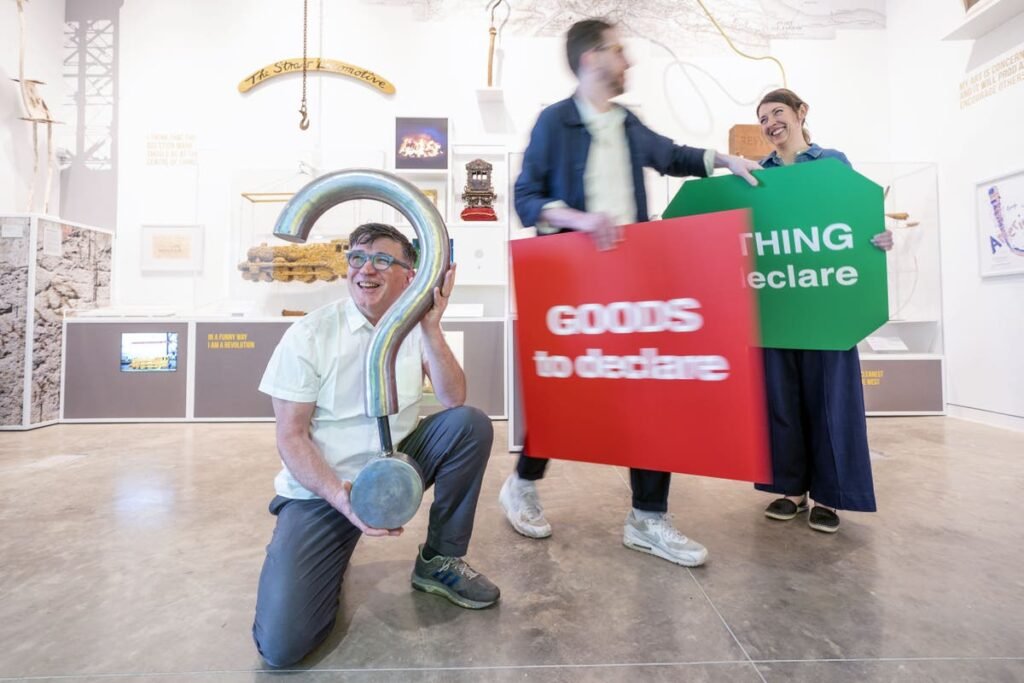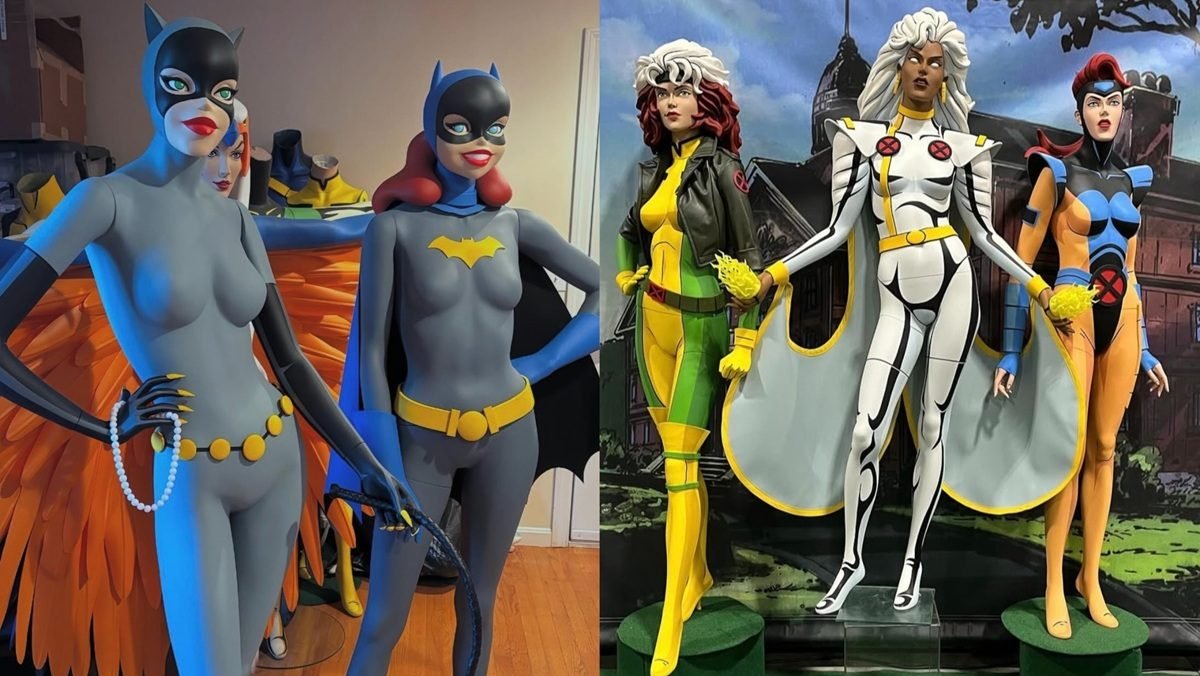A museum celebrating the work of the late customs officer turned artist George Wyllie will help “cement” his legacy, its director has said.
The Wyllieum, on the banks of the river Clyde in Greenock, is dedicated to the life and work of the “pioneering” artist.
It will host a rolling programme of exhibitions and also has a permanent collection of Wyllie pieces, such as sculptures, paintings and miniature versions of his well-known works the Straw Locomotive and Paper Boat.
Wyllie served in the Royal Navy between 1942 and 1946 and then worked as a customs and excise officer for 30 years before retiring in the 1970s, when he was in his late 50s, to become a full-time artist.
The museum, housed in the Ocean Terminal, is located close to where he worked at Custom House.
Will Cooper, director of The Wyllieum, told the PA news agency: “It’s in a bit of Scotland that was so important to George that has had a lot aggressively taken away from it over the last 30 or 40 years.
“George made work that communicated that change on the river.
“He was born in 1921, he saw the river in full industrial flow, he saw Thatcher dismantle it, he made work that saw that, so I think he’d be really excited about seeing his work being part of some kind of reinvigoration of that river economy. I think he would have been really proud.”
One of Wyllie’s best-known works is Paper Boat Of The Origami Line (1989), a 78ft vessel so large he could stand on it when it was launched on the River Clyde in Glasgow, and it also sailed in London and New York.
Straw Locomotive (1987), a life-size locomotive made of mesh and straw, hung from the Finnieston Crane in Glasgow before being lowered and taken to the former site of the North British Locomotive Works where it was set ablaze.
Mr Cooper described them as “memorials for industry”, with the locomotive being like a funeral effigy while the Paper Boat was inspired by the decline of the shipbuilding industry on the River Clyde.
He described Wyllie as “pioneering” and said the museum “feels like the appropriate way to cement a legacy”.
Wyllie, who lived in Gourock, Inverclyde, was made an MBE for services to arts in 2005, and died aged 90 in 2012.
The inaugural exhibition at the Wyllieum, which opens on Friday, is titled I Once Went Down To The Sea Again and explores the spires he began making in 1982 and went on to develop for sites across the UK, Europe and America over the following decades.
The spires, a three-legged base with a vertical pole held in balance by a rock or stone, were designed to celebrate wherever they stood.
The two portable spires included in the exhibition lived in the back of Wyllie’s car, ensuring they were never far from his grasp should something need memorialising.
Sculptor Sara Barker, co-curator of the exhibition, said: “This is the first time the spires have been put together in a space, most of these would have been seen before now in Wyllie’s garden or out on site in the landscape.
“They are provisional works, they almost feel like drawings.
“They can be packed up and assembled in landscapes wherever this kind of monument is needed, so they are celebratory in that sense but they are also unfixed.”
Wyllie’s daughter Louise has welcomed the creation of the museum.
She said previously: “It has been a joy to witness fresh energetic people such as new Wyllieum director Will Cooper lead on the future of bringing my father’s work to audiences old and new.
“As a family, we are excited about his plans. In his job as a customs and excise officer, my father spent a lot of time at the docks in Greenock where the Wyllieum now sits. His family is invested in seeing this cultural space thrive.”







